“Para que outros vivam” (So others may live)
A peculiarity of Portugal is that it is not particularly large in terms of land area, but due to its geographical position, with an 800k coastline, the Atlantic archipelagos of the Azores and Madeira, have one of the largest Search and Rescue Regions (SRR) in the world (by far the first in Europe). It covers an area of about 5 million square kilometers, of which, mostly is over the North Atlantic Ocean.
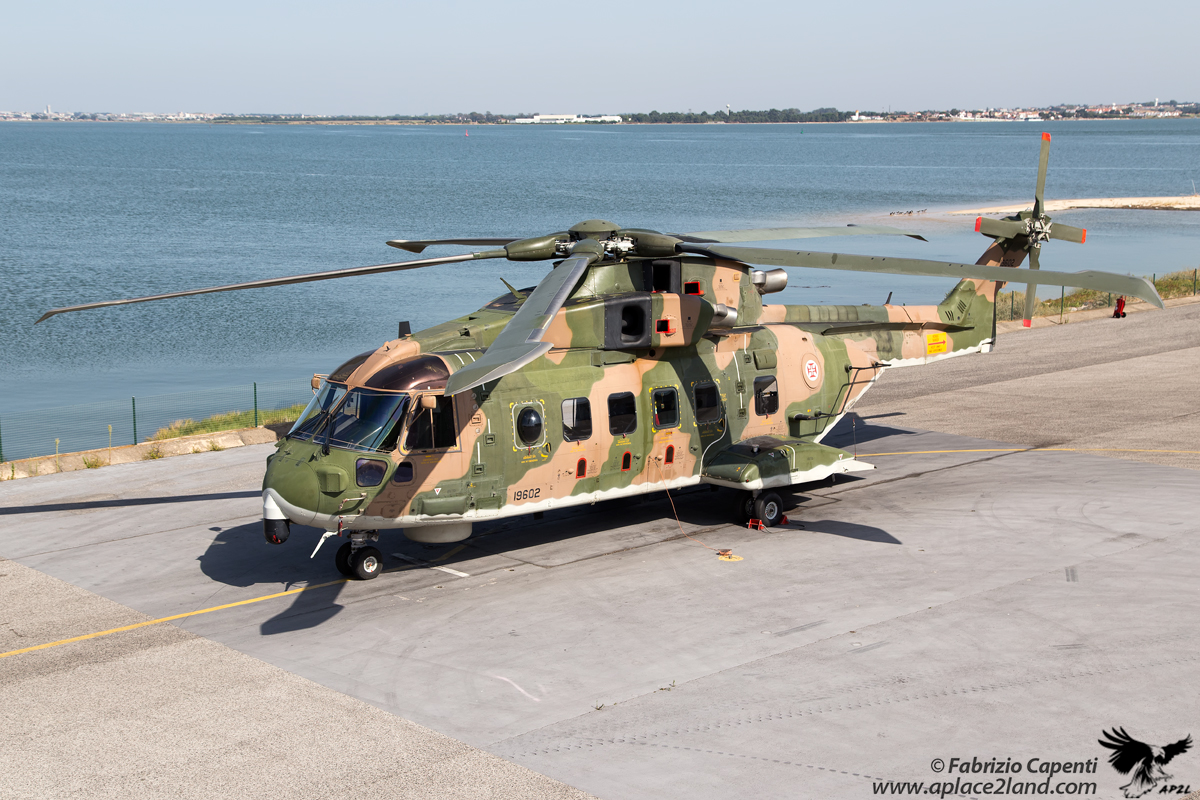
In order to provide coverage to this vast maritime region, it was necessary to create a dedicated unit for Search and Rescue (SAR) within the Força Aérea Portuguesa (FAP – Força Aérea Portuguesa / Portuguese Air Force). In April 1978 the Esquadra 751 (751 Squadron) was activated and named “Pumas”, after the helicopter it was initially equipped with: the Aerospatiale SA-330 Puma.
Part of Grupo Operacional 61, this unit is located at the large Base Aérea no. 6 (BA6), Montijo, southeast of Lisbon, near to the Tagus River.
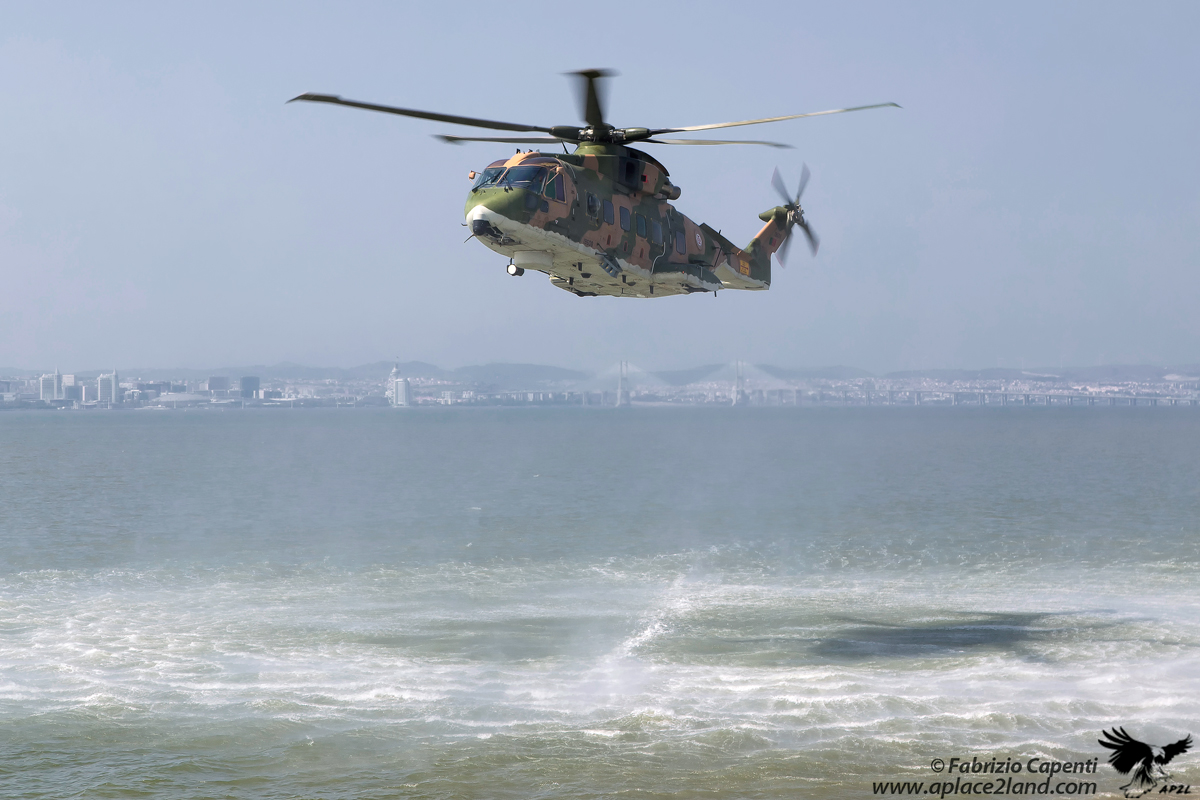
Table of Contents
From Pumas to Merlins
With the activation of Esquadra 751 the Aerospatiale-made helicopter, previously used by FAP mainly for troop and general transport, were suitably modified to execute SAR missions. One helicopter with a crew of five was quickly placed on 24/7 permanent alert in both Montijo and Base Aérea N°4 (BA4) Lajes. Subsequently, as of 1990, a permanent detachment started operations from Porto Santo airport, Madeira.
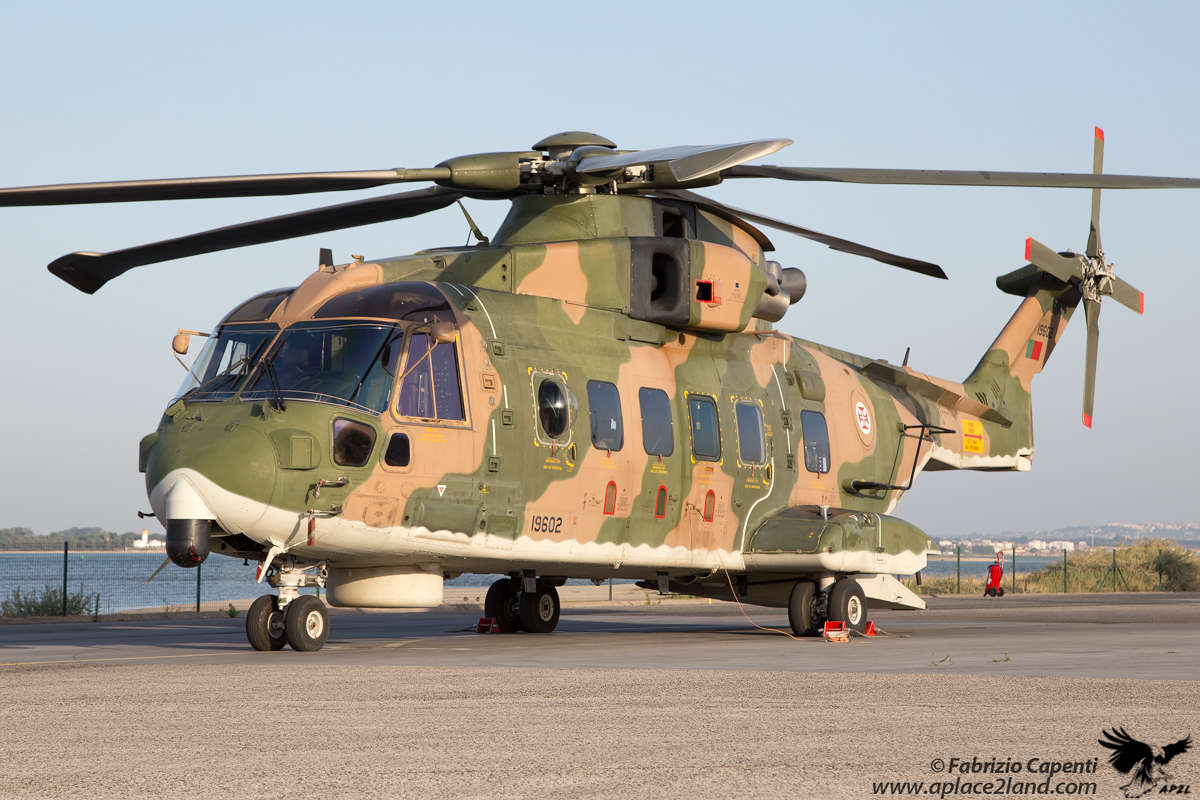
In the late 1990s, the FAP started looking for a replacement of its aging Puma fleet. Although the SA-330 has carried out its tasks successfully since their introduction in service in 1969 (participating also in the Portuguese colonial wars), a replacement was needed due to its obsolescence.
Later in 2001, after an extensive evaluation which included also the Eurocopter Cougar Mk2 and the Sikorsky S-92, the Portuguese Government signed a contract with AgustaWestland (now Leonardo) to procure 12 EH-101s Merlin in three different variants.
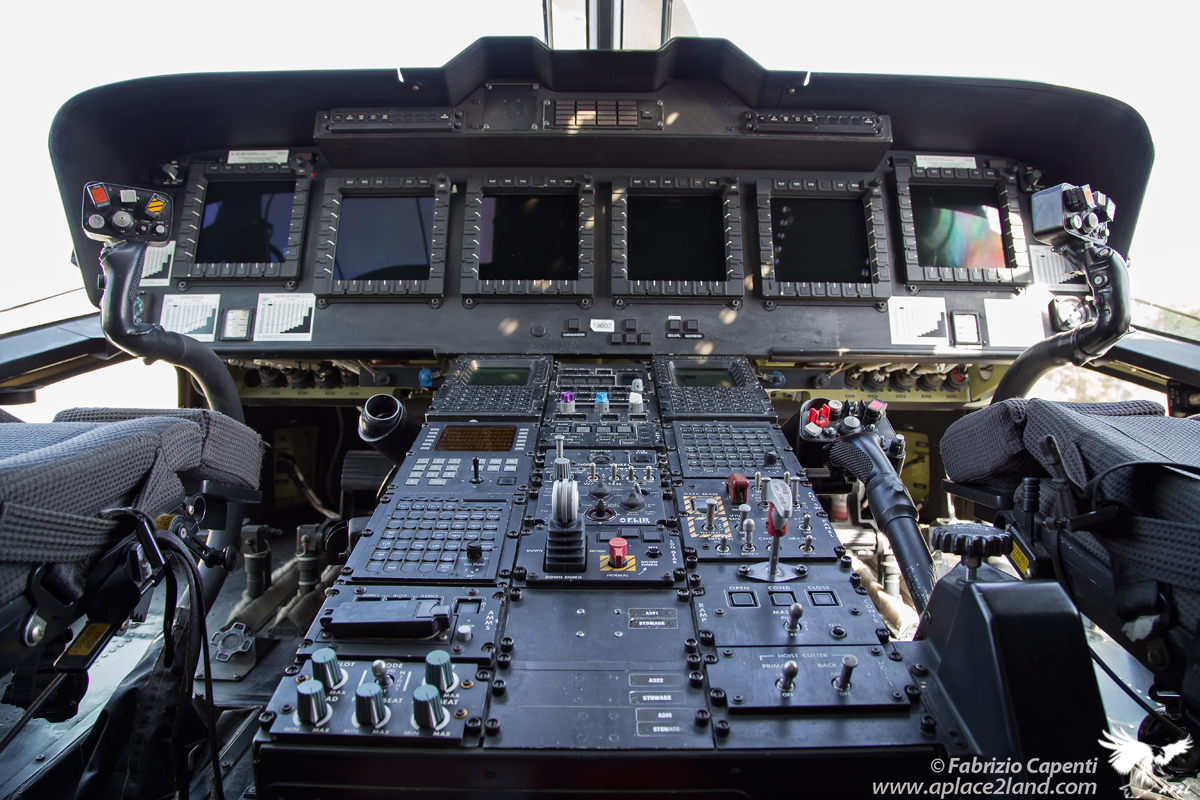
Six in a basic SAR configuration called EH-101 Mk514, which feature emergency floats, bubble windows, searchlight for night operations, forward-looking infrared (FLIR) camera, a search radar, two winches and night vision goggle (NVG) compatible cockpit. The other two variants retained these standard features, but are also suited for secondary roles.
The four Mk516 for Combat SAR can be fitted with air-to-air refueling probe and feature folding blades and tail, an electronic self-protection suite which include a missile approach warning system (MAWS), radar warning receiver (RWR) and chaff/flares dispenser, and the possibility to install machine guns.
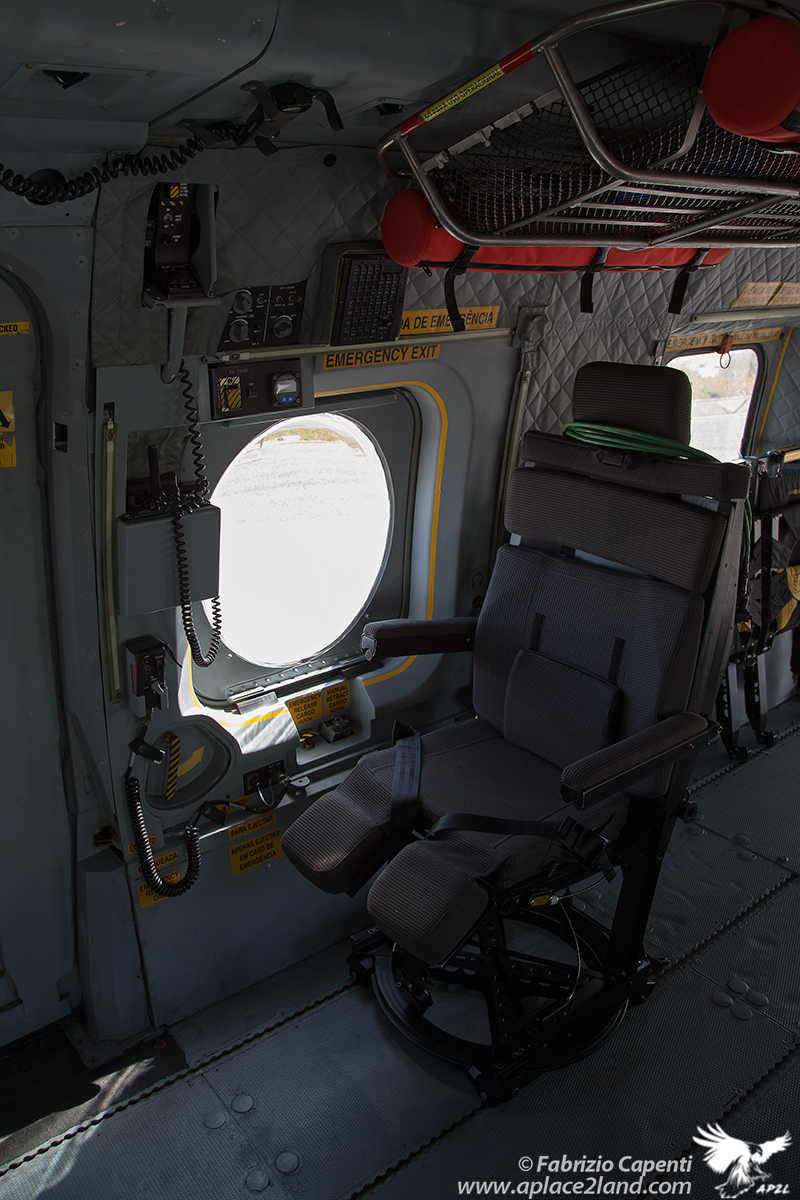
The two Mk515, for Fishery Protection roles (SIFICAP – Sistema de Fiscalizaçao e Controlo das Actividades da Pesca), can be equipped with a cabin mission console for surveillance operation and are easily recognizable with the external loudspeaker.
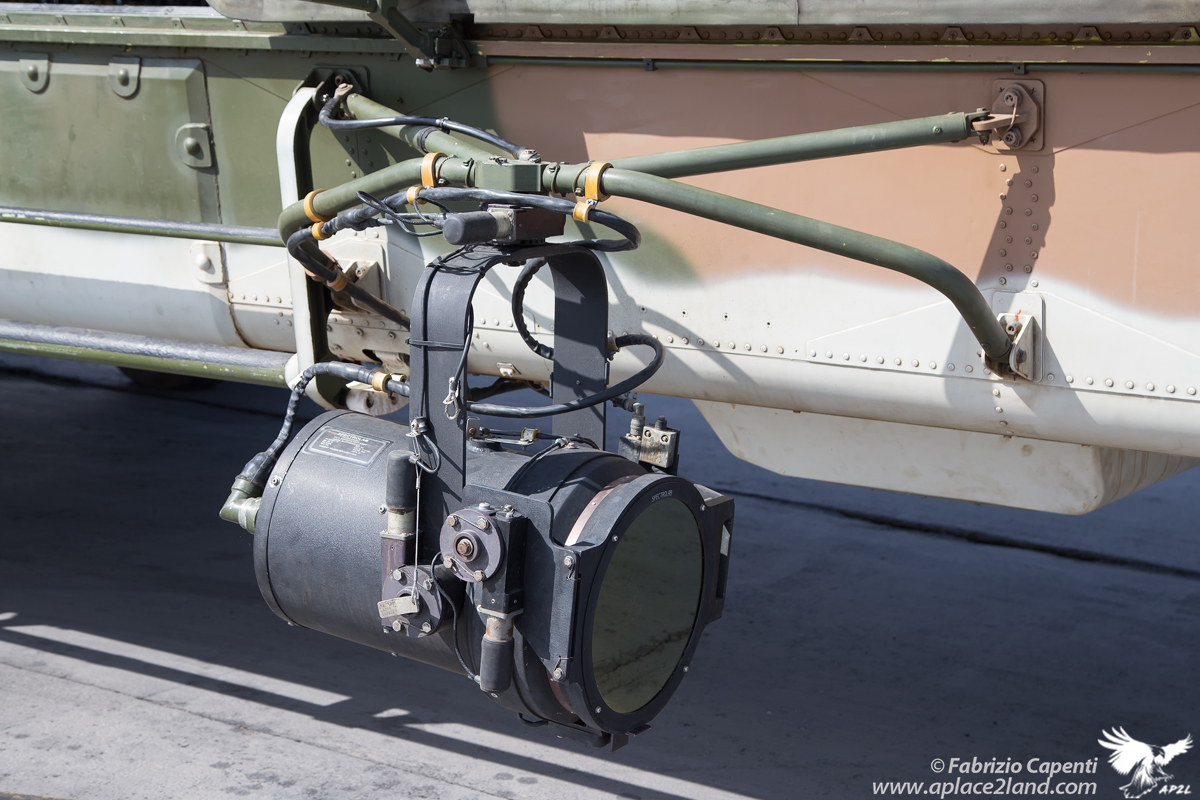
The first Merlin was delivered in February 2005, and was soon followed by three more to commence conversion to type training. The 12th and last EH-101 was delivered to Esquadra 751 18 months later.
The introduction of Merlins was initially characterized by low availability due to maintenance problems and lack of spare parts, forcing the FAP to put back into service part of the old fleet of SA330 just decommissioned. After problems were solved by reaching a new agreement with the manufacturer who provided technical support and spare parts, the SA330 were definitely put out of service in 2011.
751 Squadron “Pumas”
While introducing the squadron, Captain Rodolfo Curto said: “The motto “Para que outros vivam” makes it clear on which task the Squadron was founded: Search and Rescue. The counter at the entrance of the group marked 4560 saved lives, but in reality they are way more than that. We do not keep the number updated because we often have a real SAR mission.
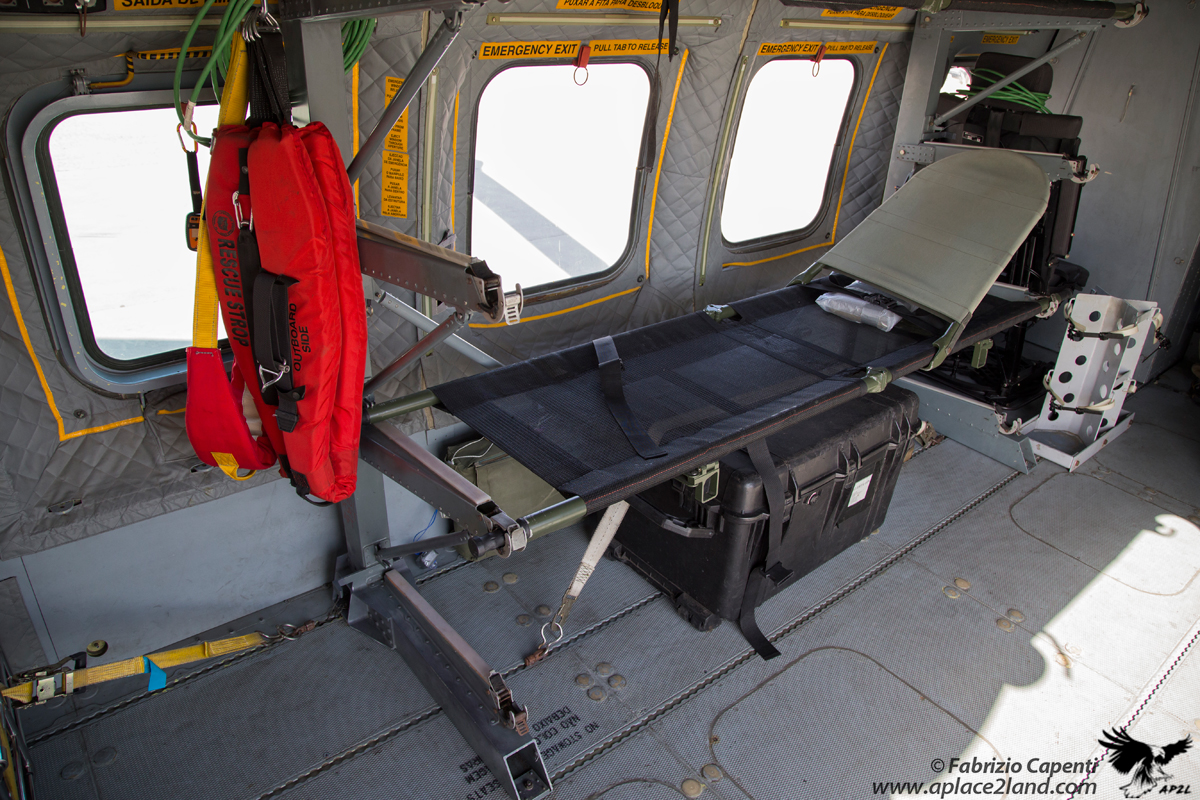
In 2020 the maritime traffic was reduced due to the Covid pandemic, so the Pumas of Esquadra 751 had consequently less SAR live missions. Normally we save 180-200 lives per year, with an average of one realistic mission every three days more or less”.
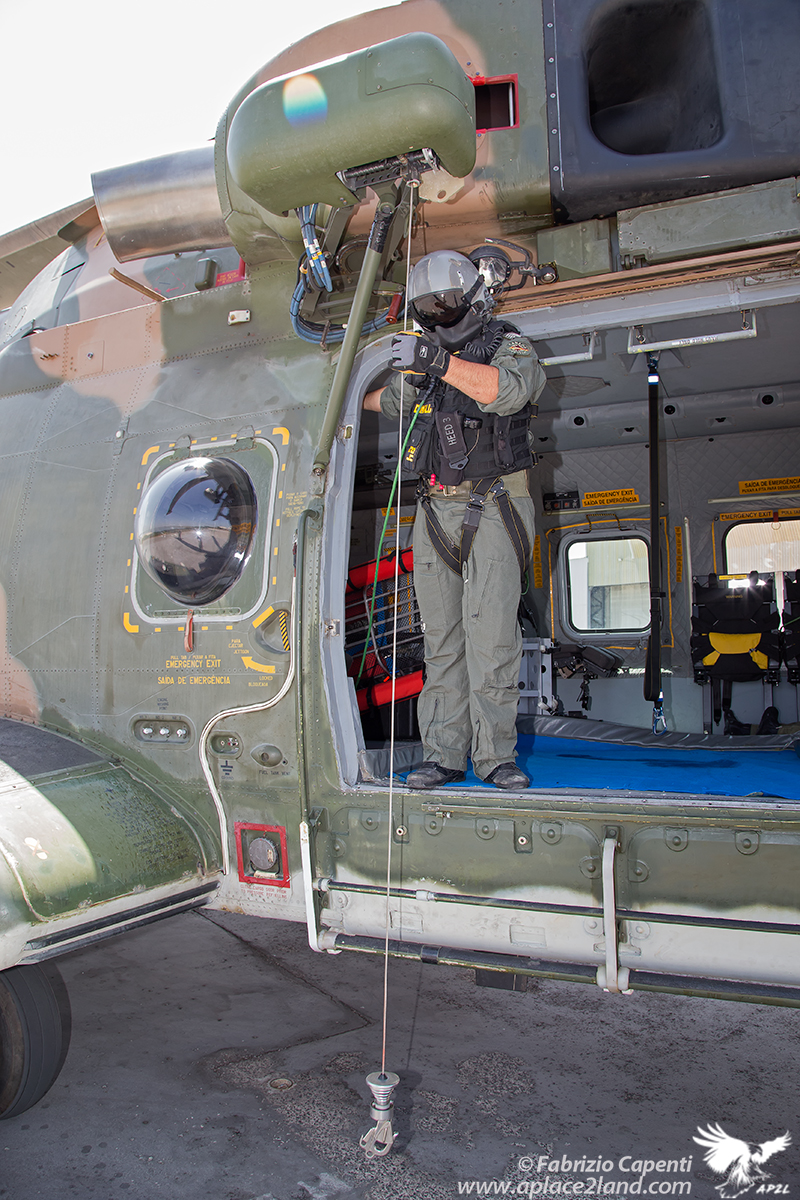
When the alarm goes off for a rescue at sea, the first thing the Rescue Coordination Center (RCC) does, is to check out if a merchant ship is available nearby or if the Portuguese Navy can carry out the mission. Otherwise, they contact the FAP, who decides whether to send the Merlin, a P-3 or a C-295.
“We are ready to take off in 30 minutes during the day and in 45 minutes at night. It takes an extra 60 minutes if an helicopter needs to be reconfigured (with extra fuel tank or seat, etc.) for a complex SAR mission.” Captain Curto stated.
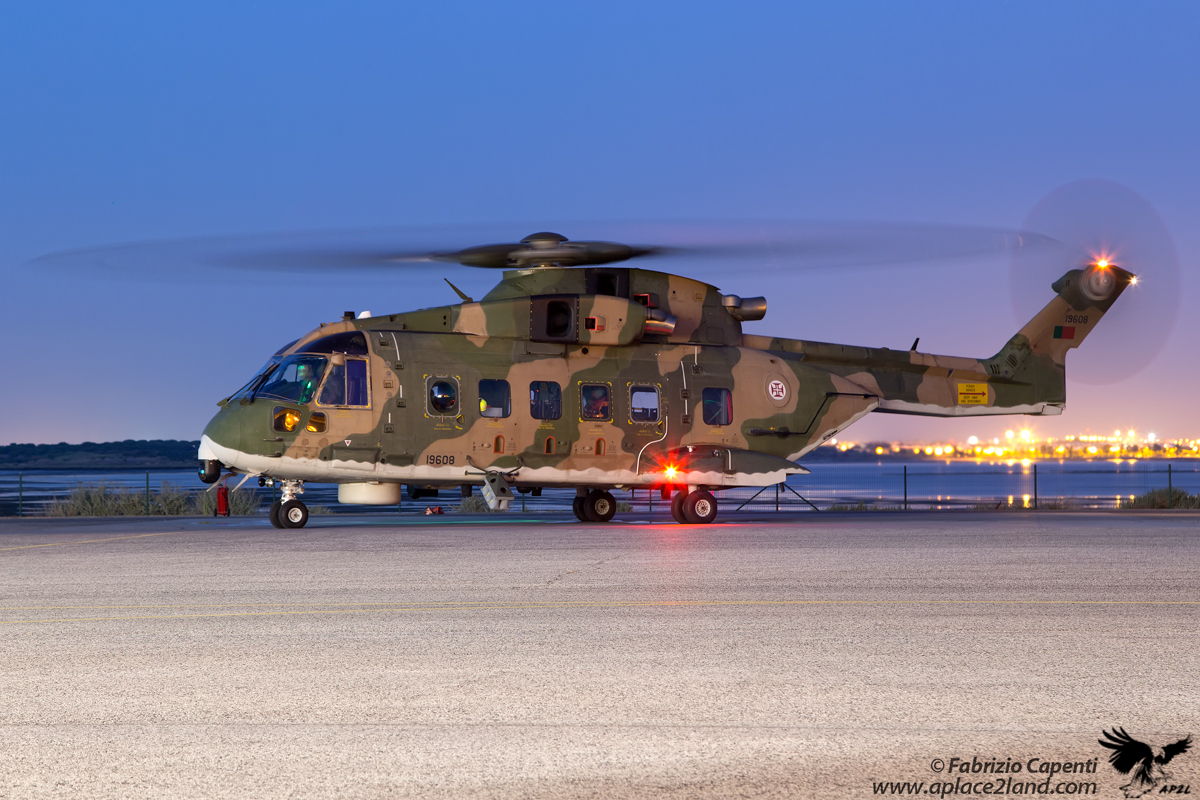
The Squadron has one helicopter and one crew on 24/7 alert at the main base in Montijo and Porto Santo (Madeira). In Lajes (Terceira island – Azores) the detachment consists of two helicopters and two crews, one of which is on 24/7 alert. The standard five-person SAR crew includes a winch/systems operator, a rescue swimmer, and a flight nurse, in addition to an aircraft commander and co-pilot.
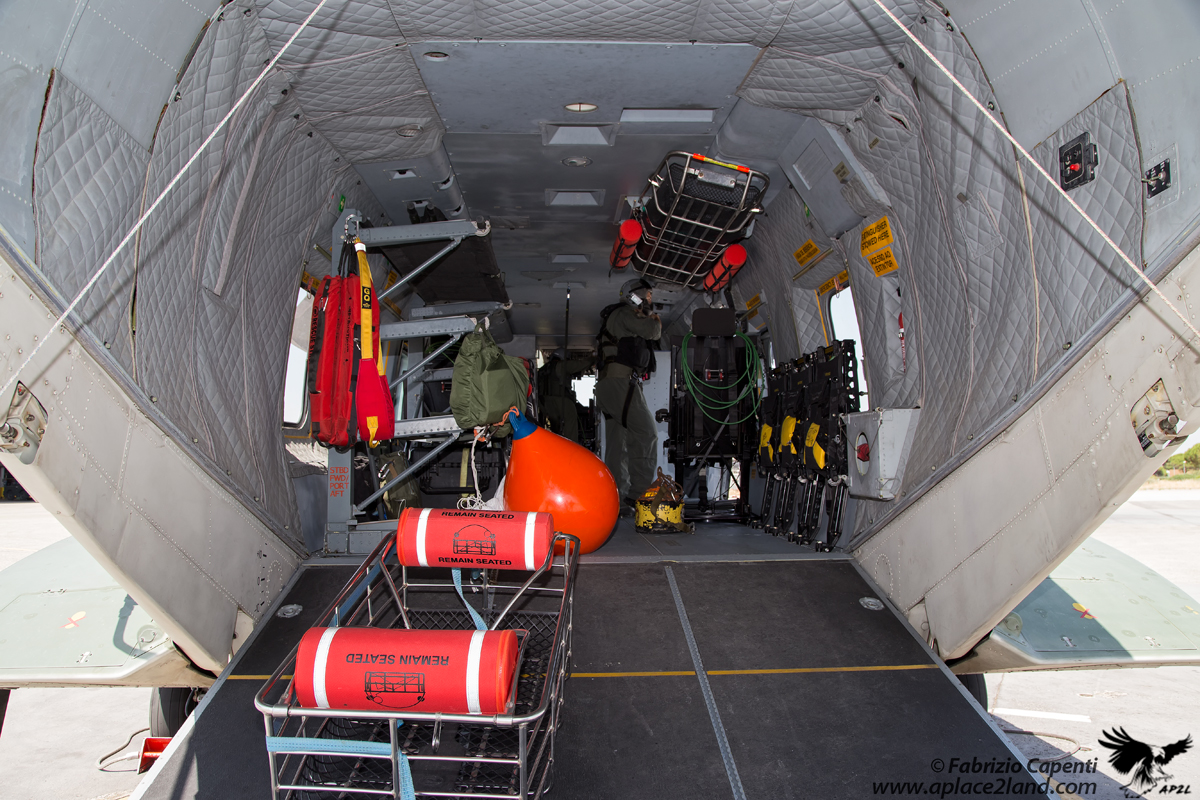
He explains: “The reason we have two crews and two helicopters in Lajes is because we have many more SAR missions there than in Madeira, and we are very busy with MEDEVAC missions. The Azores is an archipelago of nine islands but only São Miguel, Faial and Terceira have hospitals, so if something happens to someone in the smaller islands we have to take them to these three main islands. A C-295 is also based in Lajes which is the main asset used for the MEDEVAC, being cheaper and being able to fly faster than us, but most of the times the helicopter is the best option since we can land almost anywhere.
Doing the MEDEVAC in the islands is often a demanding challenge as the weather varies constantly and the geographical territory often makes the flight complicated. We always end up using GPS and mapping the terrain with the radar”.
Top performances
With the arrival of the EH-101 Merlin there was a great leap forward in terms of operational capabilities, allowing the Esquadra 751 to nearly double the range during SAR missions, going from 200NM to 400NM. The longest rescue mission the squadron has ever performed with the Merlin lasted approximately 7.5 hours, with a range of 370 NM and 20 minutes on station.
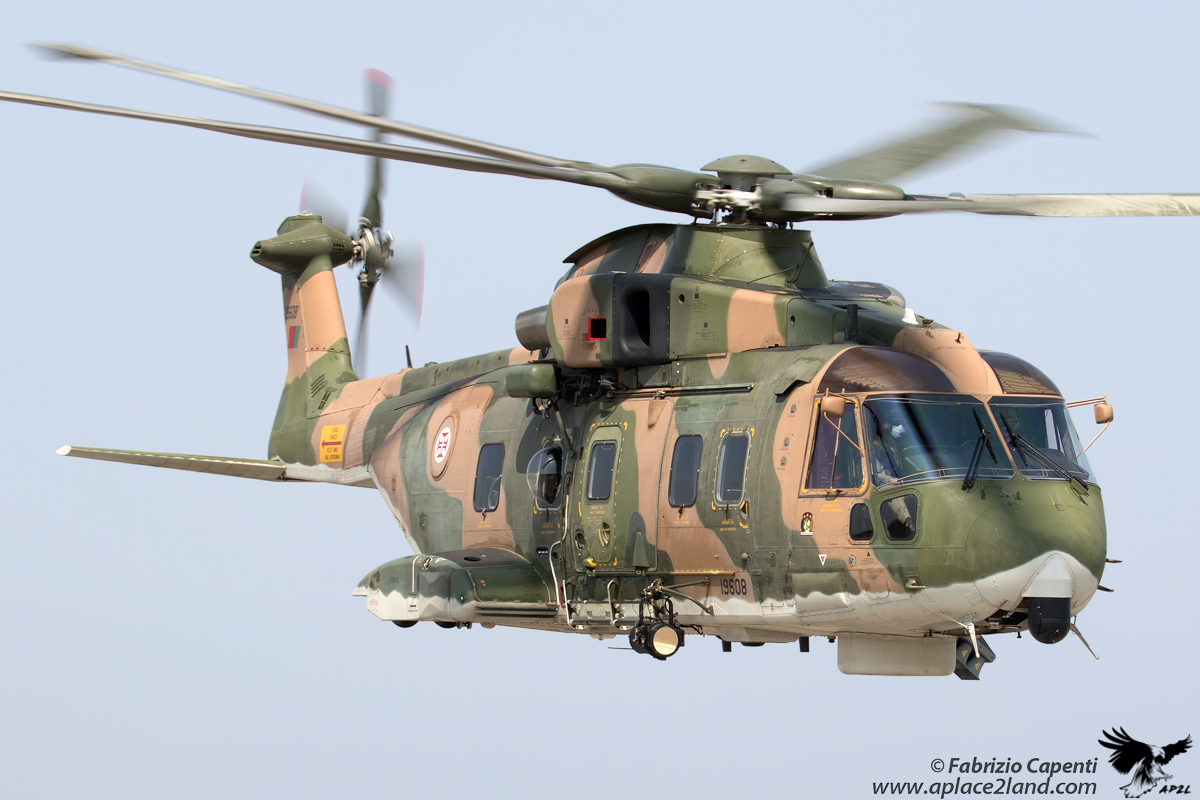
Describing the excellent characteristics of the EH-101, Captain Curto said: “Our operational scenario here on the Atlantic, push the EH-101 to its limit. We are very well known for traveling ultra-long distances and the Merlin helps us a lot in this as it is three-engined and can carry 4,1 tons of fuel. When we do not need maximum power, we can turn off an engine and this allows us to save a lot of fuel, which is essential, especially in long transfer missions and during transition times.
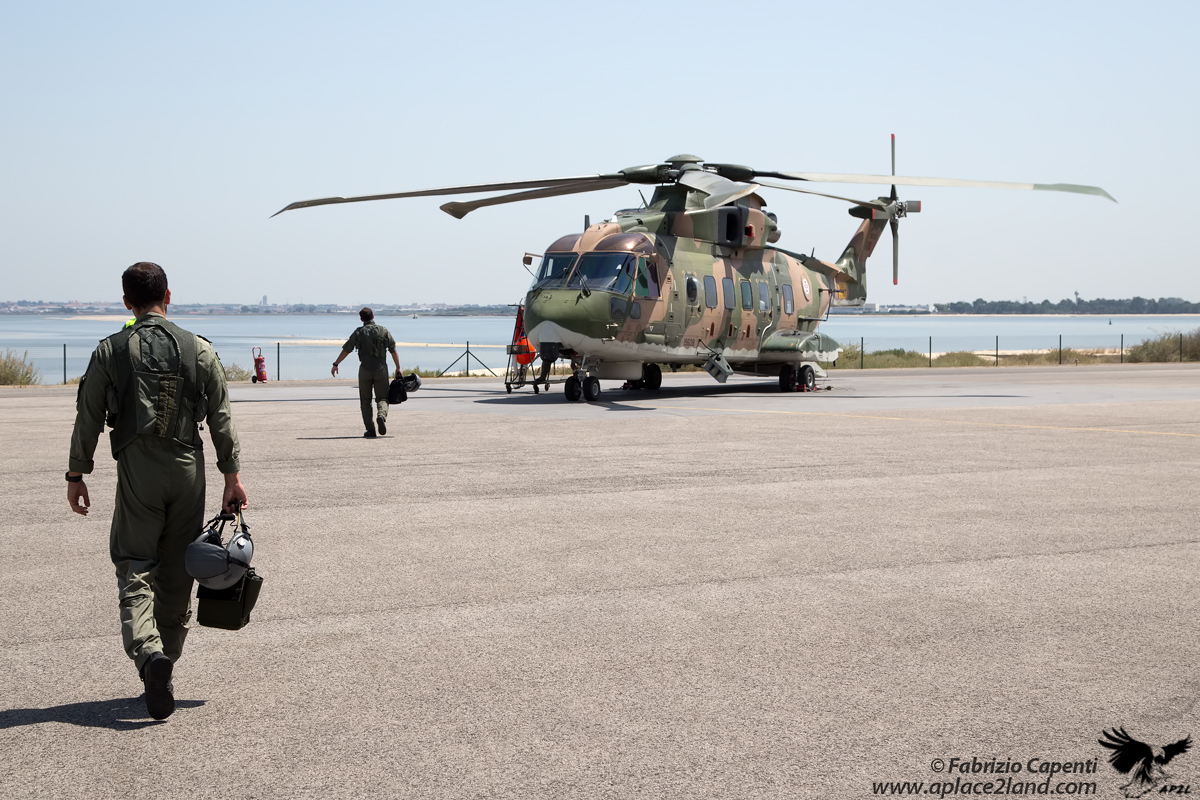
It is a procedure that other types of helicopters eventually use only in an emergency, but the Merlin allows us to do this in complete safety. By loading an additional 1.1-ton fuel tank in the cabin, we are able to cover the 1000NM routes from Montijo to Lajes in 10 hours with a single fuel stop halfway in Porto Santo”. I don’t think many others can do what we do every day with this machine. The engines are very powerful, the load capacity is great and despite its generous size – the large cabin can eventually accommodate up to two dozen survivors – it is an agile helicopter”.
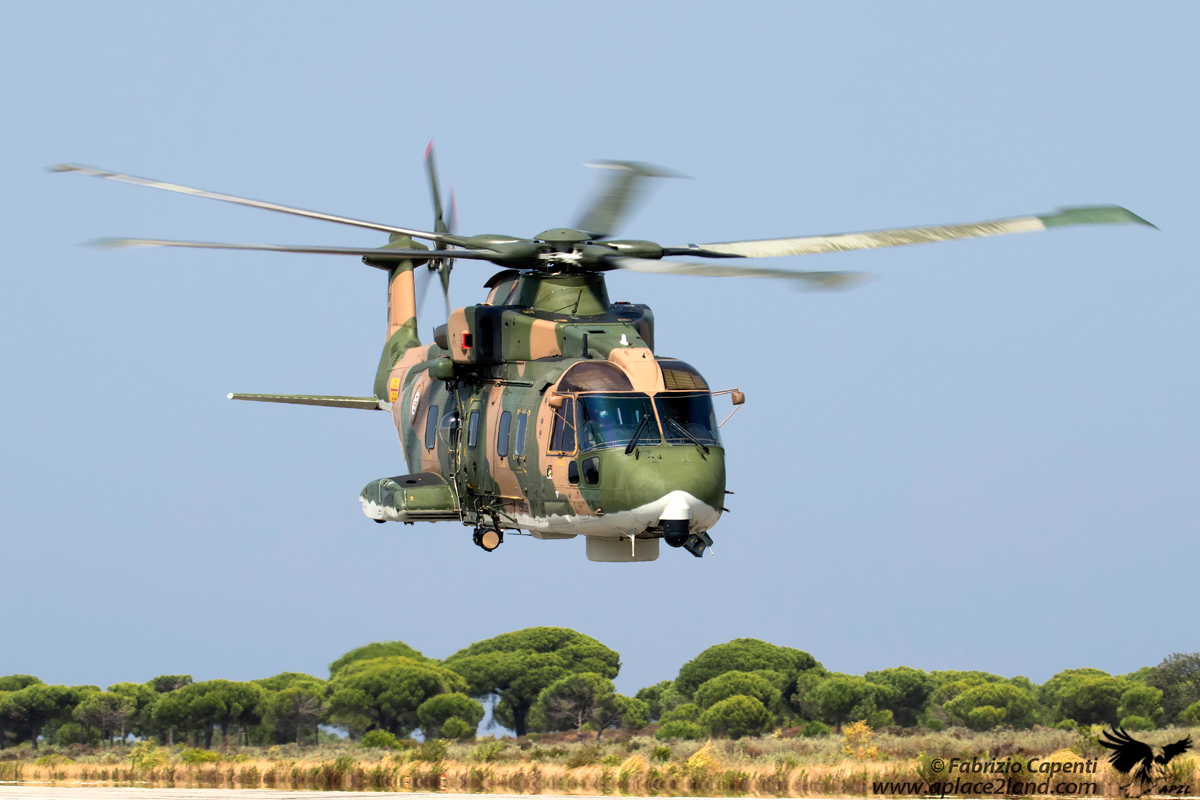
In addition to this, the sophisticated avionics of the Merlin are appreciated by pilots: “The powerful radar is of great help over the sea, with its capability to monitor 32 surface targets simultaneously. The autopilot is simply fantastic as we always use it during the transition flights at sea level, especially during night missions, when we don’t have reference points. In other words, we only switch to manual handling when hovering over a ship or flying over land”.
Training
After five years at the Academy, one year at 101 Esquadra flying Epsilons, followed by the qualification on helicopters flying the new AW119 Koala; the young pilots destined to fly Merlins, still have a long way to go. They need 400 additional hours as co-pilots (which include handling with initial qualification on the type, training SAR, vessel winch and tactical flights) to become a pilot and be sitting on the Merlin’s cockpit right side, while full qualifications are reached with 1000 flying hours.
SAR training and real missions account for the majority of the approximately 2,000 hours flown by the Squadron each year, with each crew flying an average of 150/180 hours per year. Although SAR remains the primary focus, the “Pumas” also carry out CSAR and troop/material transport as a secondary role.
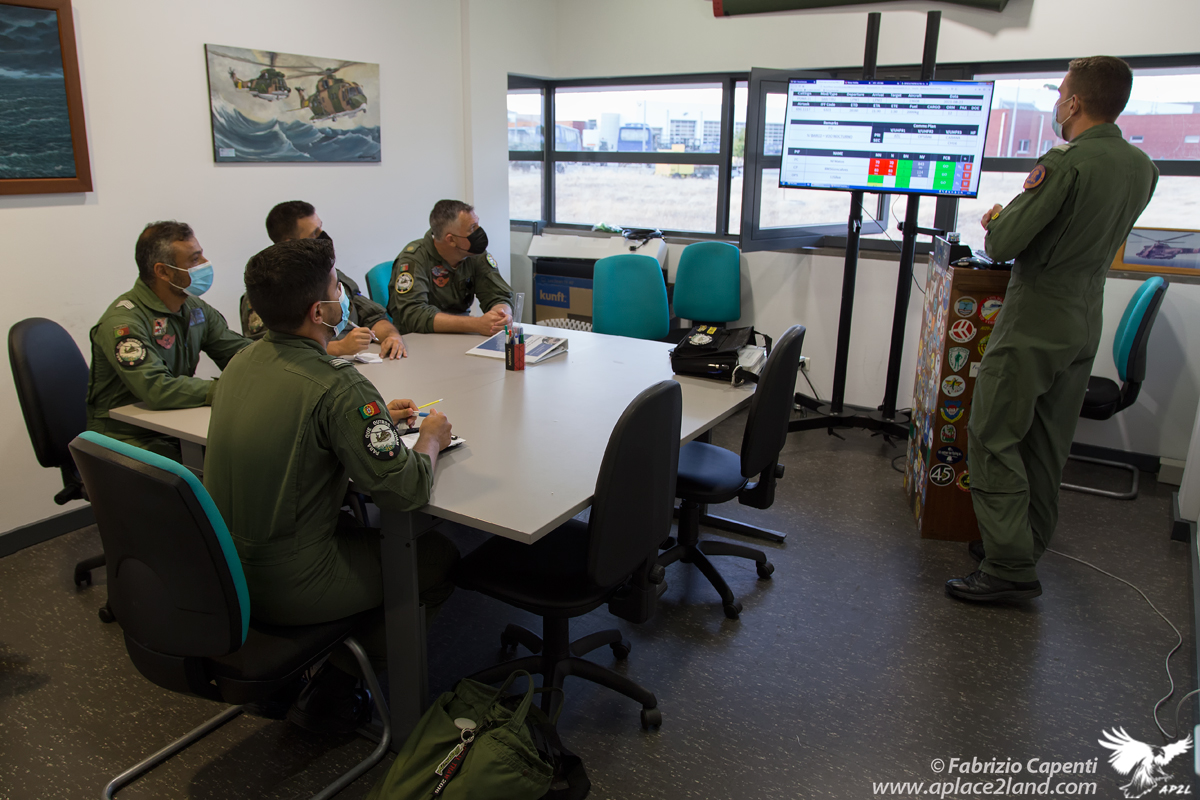
“Last year, we cooperated with Navy Special Forces by boarding a ship that smuggled drugs from North America. It was the first time we did this type of operation. In fact, it is necessary to focus on the current role and consequently train in tactical roles as well by doing fast rope, sling loads, infiltration and exfiltration of Special Forces and CSAR; simulating the recovery of a downed pilot behind enemy lines” said Captain Curto “We usually take part in the major national exercises such as Real Thaw, Hot Blade and Tiger Meet 2021 in Beja” he added.
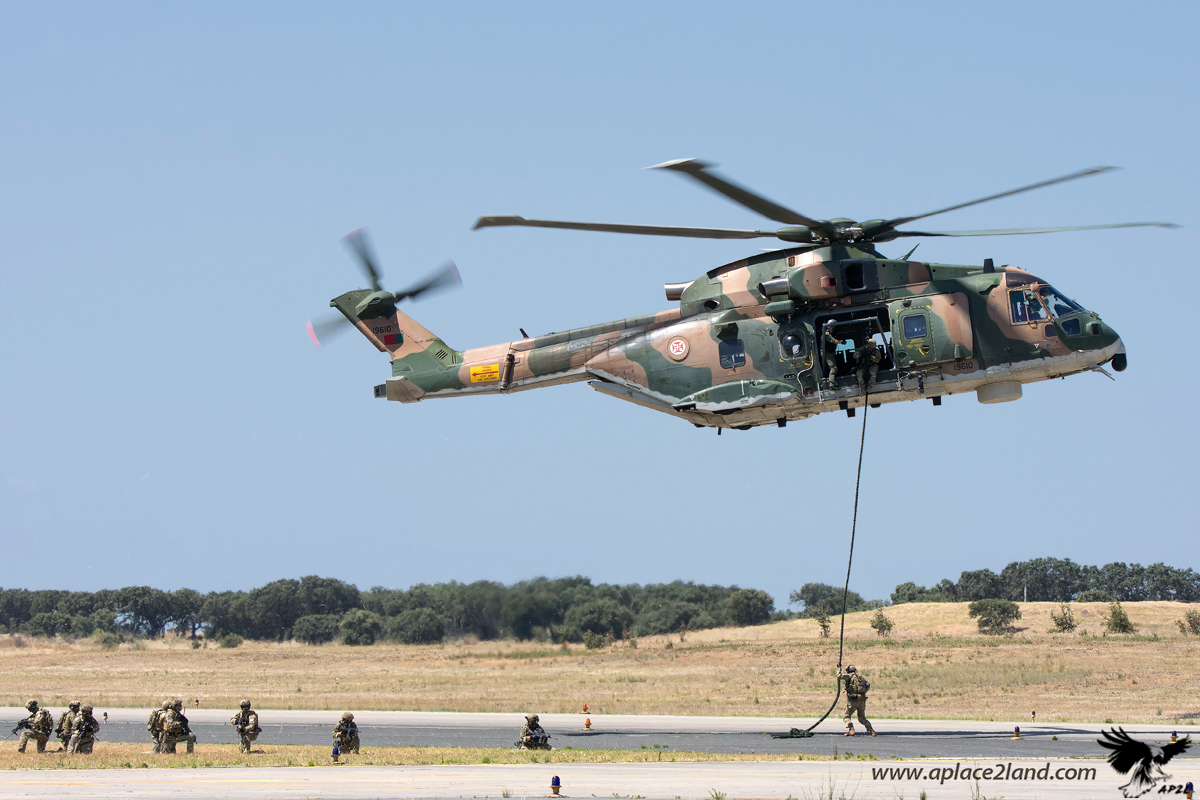
Once a year, training also includes a one-week deployment in Spain to practice mountain flying and a deployment by personnel to train on the emergency simulator at RAF Benson (since there is no simulator for the EH-101 in Montijo).
Maintenance
Long missions over the sea, often push the limits and consume significantly the airframes. So much so that normally half of the fleet is always under maintenance to prevent the risk of corrosion and ensure maximum reliability. Part of the Merlin’s maintenance is done in the large hangar of Esquadra 751, where 1st level maintenance and partly 2nd level maintenance are carried out. Minor inspections are made every 50 and 150 hours, while every 6 months a major 2-week-inspection is carried out. Subsequently, every year, the helicopters are sent to OGMA, in Alverca, for the more in-depth maintenance cycle which lasts a month or more.
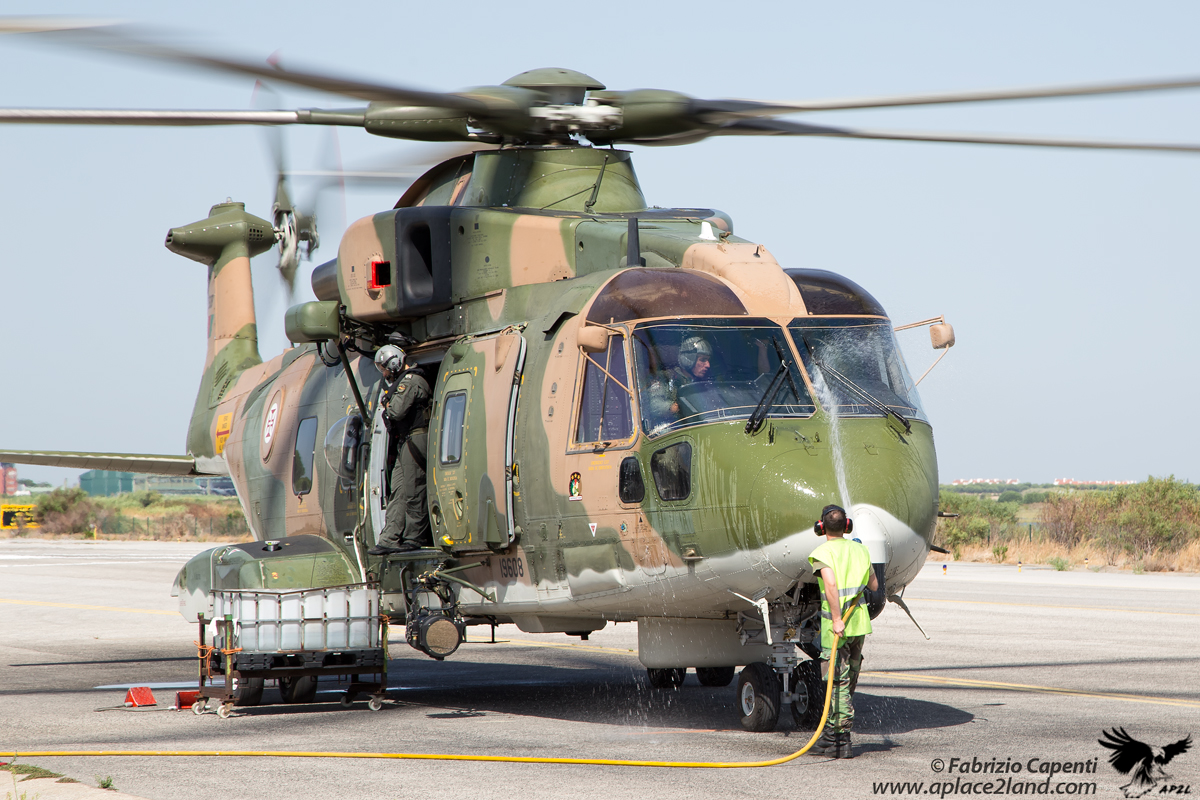
Conclusion
After 15 years of service the Merlin is approaching half of its career with the Esquadra 751 of Força Aérea Portuguesa and a Mid-Life Upgrade will be necessary in future: “Although nothing has been decided at the moment, I believe the FAP will invest again in this machine for SAR: I can say that the Merlin is very expensive to maintain but at the same time we are aware that its performance is necessary to us. We wouldn’t be able to do what we do with another type of helicopter. It’s like having a Ferrari and a powerful luxury sedan: you can race with both but if you need more performance, you know which one you can get it with…”
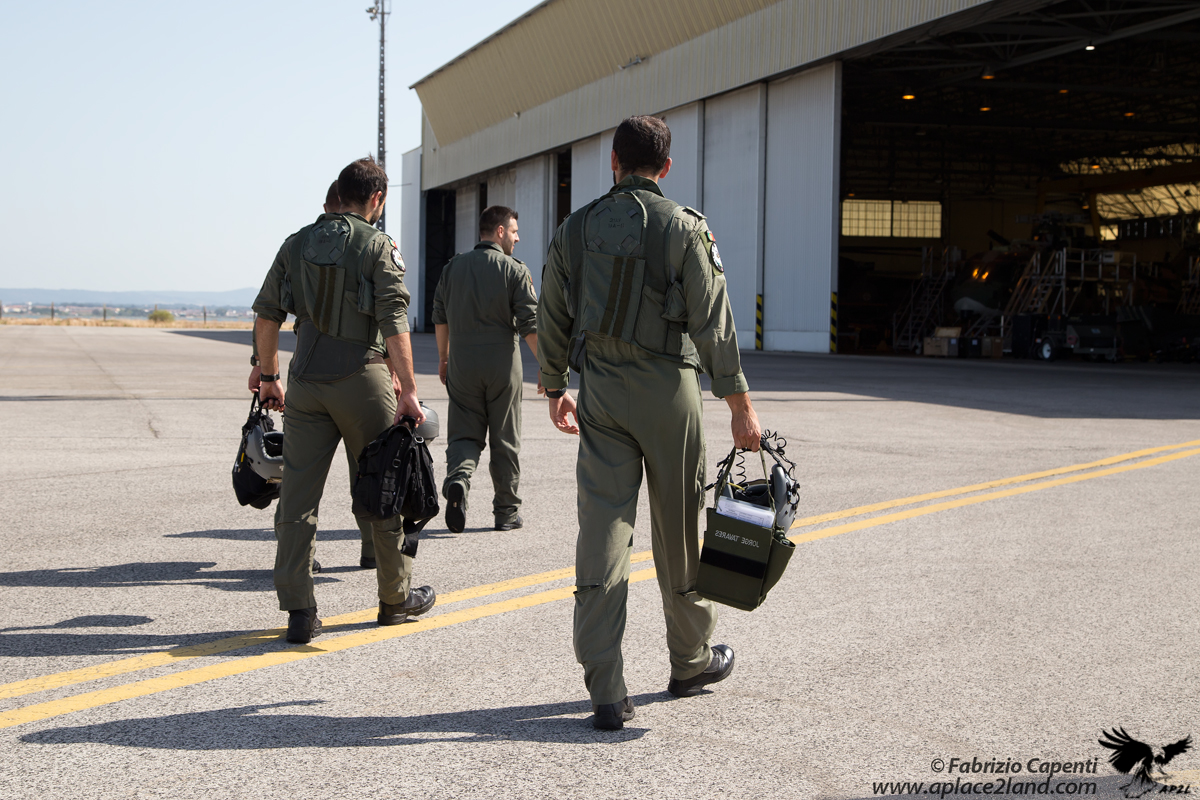
The author would thanks the Portuguese Air Force for the opportunity, especially the Esquadra 751 based at Montijo, all the staff and the Captain Curto, who it gave us the opportunity to learn about the Squadron.
